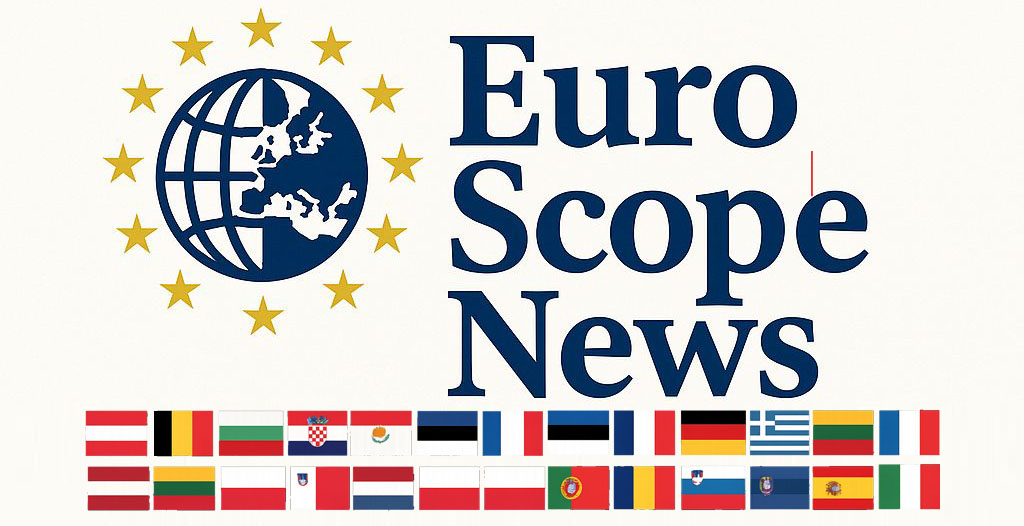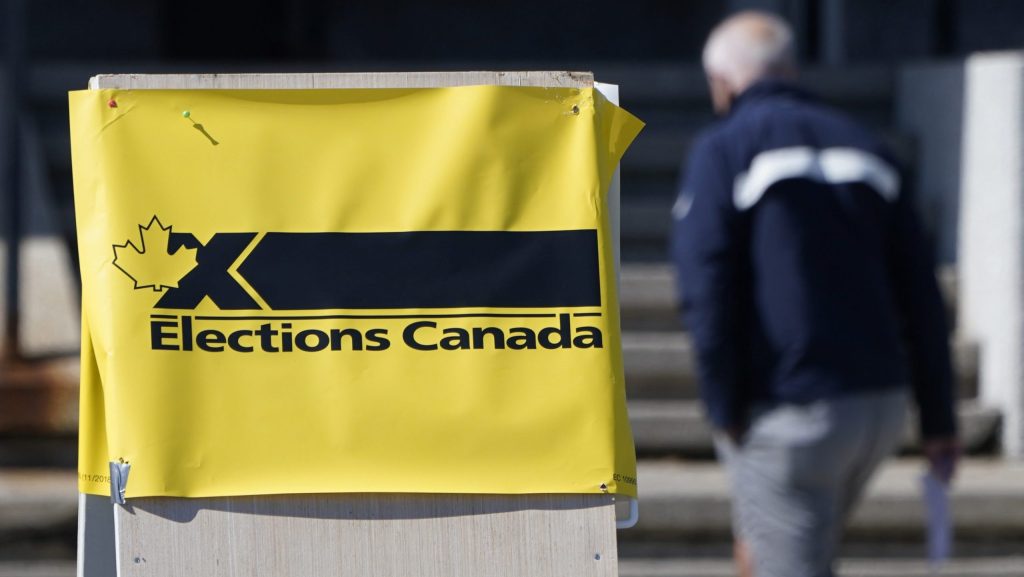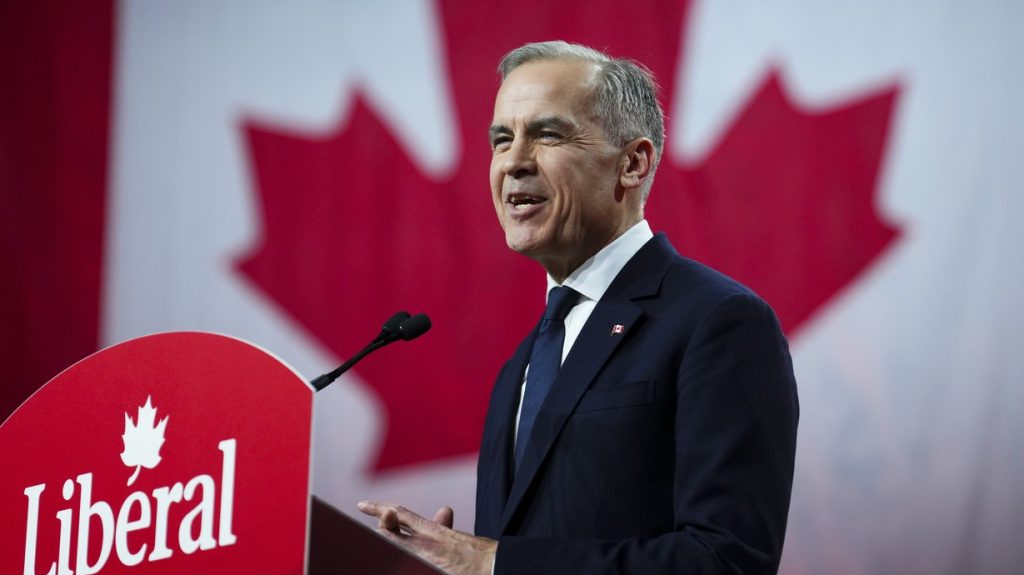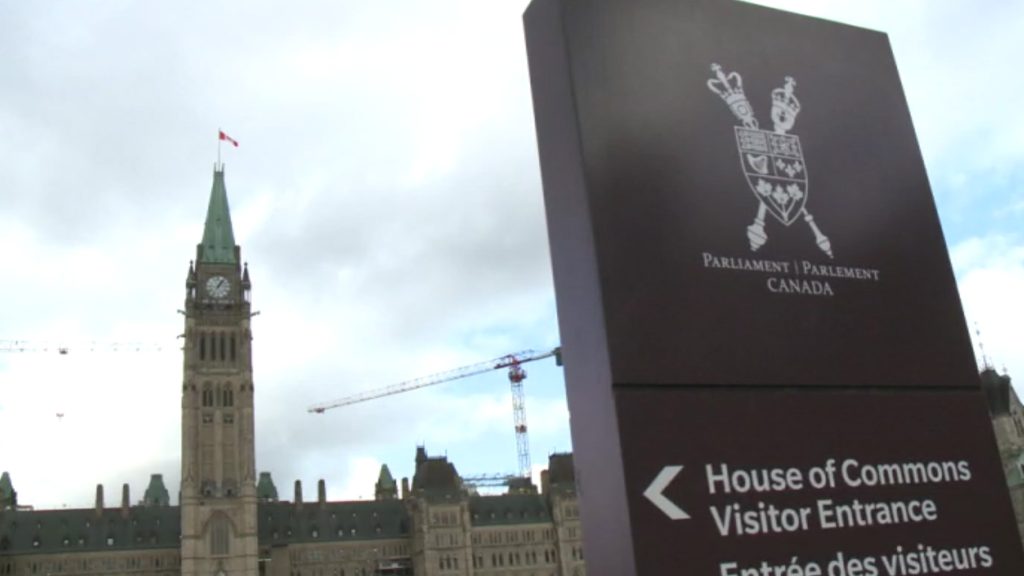Elections Canada reported that more than 68 per cent of eligible voters participated in the recent federal election, translating to over 19.5 million individuals casting their ballots. This turnout was notably high, although it fell short of the historic record of 79.4 per cent set in March 1958. The current turnout of nearly 68.7 per cent marks the best electoral participation rate since the 1993 federal election, which recorded a voter turnout of 69.6 per cent.
According to early estimates provided by Elections Canada, approximately 11 million voters cast their ballots at polling stations or in long-term care facilities on election day. The agency also highlighted that about 7.3 million Canadians participated in advance voting, while around 1.2 million opted for special ballots. This substantial turnout indicates a robust engagement among the population in the electoral process.
It is important to note that Elections Canada does not collect demographic data, which leaves uncertainty about the specific groups that turned out to vote in this election. However, the agency has mentioned that post-election surveys can provide valuable insights into which demographics faced obstacles to voting and can help in identifying measures to enhance voter participation in future elections.
In terms of the political outcomes, the Liberal Party emerged with a total of 43.7 per cent of the votes, securing 169 seats in the House of Commons. Meanwhile, the Conservative Party garnered 41.3 per cent of the vote, resulting in 144 seats. The Bloc Québécois and the New Democratic Party (NDP) both claimed 6.3 per cent of the total votes, which allowed them to acquire 22 and 7 seats, respectively. This election has demonstrated a competitive political landscape, with notable representation across various parties.
The engagement level seen in this election suggests a continued interest among Canadians in the democratic process, reflecting the importance of participation in shaping the country's future. As Elections Canada assesses and reviews the election data, further insights will likely emerge, contributing to a deeper understanding of voter behavior and preferences within the Canadian electorate.












